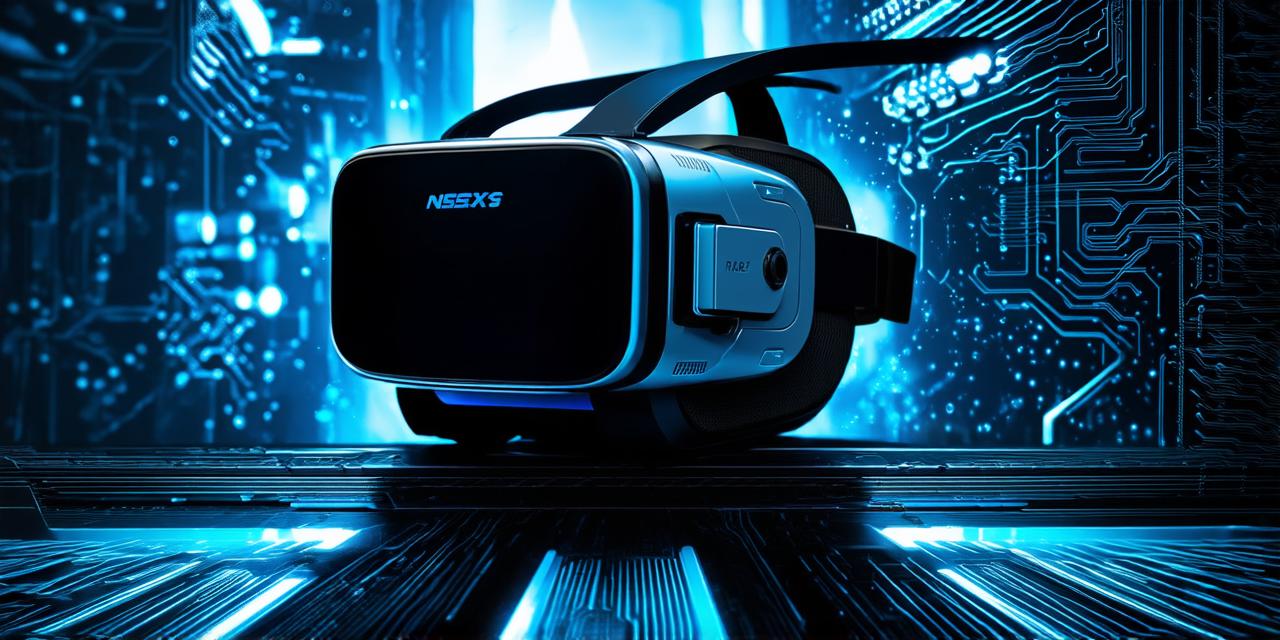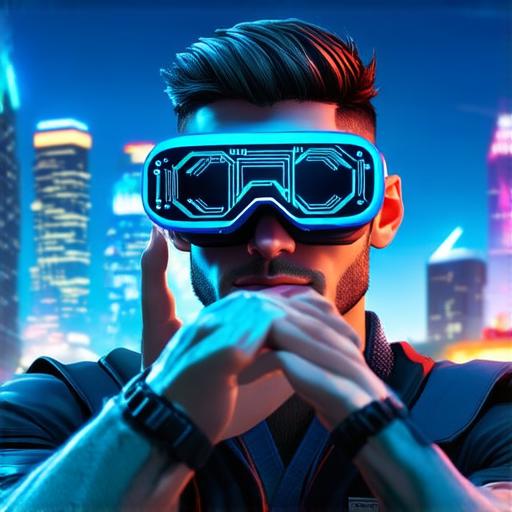
How do you make use of virtual reality?
Virtual reality (VR) technology is revolutionizing the way we interact with digital content and each other. With VR, you can immerse yourself in a simulated environment and experience things that were previously impossible to achieve.
Whether you’re a developer looking to create innovative VR applications or simply someone who wants to explore the capabilities of this exciting technology, there are plenty of ways to make use of virtual reality.
Virtual Reality in Gaming
Gaming is one of the most well-known applications of virtual reality. With VR headsets, you can enter a fully immersive gaming environment and interact with the game as if you were really there.
One example of this is “Beat Saber,” a rhythm game that uses virtual reality to create a highly immersive experience. Players can use VR controllers as light sabers to slash through incoming blocks, creating a fun and engaging gameplay experience that is unlike anything else on the market.
Another example is “Half-Life: Alyx,” a VR first-person shooter that was released in 2020. This game uses advanced motion tracking technology to create a highly immersive experience, with players able to move and interact with their environment in a way that was previously impossible.
Virtual Reality for Training and Education
Virtual reality can also be used for training and education purposes. By simulating real-world scenarios, VR allows trainees to practice and perfect their skills in a safe and controlled environment.
This is particularly useful for industries such as healthcare, where mistakes can have serious consequences.
For example, medical students can use virtual reality simulations to practice surgeries and other medical procedures, allowing them to gain hands-on experience without putting patients at risk. Similarly, military personnel can use VR simulations to train for combat situations, allowing them to hone their skills in a controlled environment.
Virtual Reality for Remote Collaboration

Virtual reality can also be used for remote collaboration, allowing teams to work together as if they were in the same room. This is particularly useful for companies with employees who are located in different parts of the world.
For example, a team of designers could use virtual reality to collaborate on a project, with each member able to see and interact with the other members in real-time. This allows for more efficient and effective communication, as well as a more immersive and engaging collaboration experience.
Virtual Reality for Tourism and Hospitality
Virtual reality can also be used in the tourism and hospitality industry to provide customers with an immersive experience of a destination or hotel. This allows customers to see and explore a destination before they even arrive, helping them make informed decisions about where to go and what to do.
For example, a hotel could create a virtual reality tour of their property, allowing potential guests to see the rooms, amenities, and surrounding area before they book a room. This not only helps the guest make an informed decision, but it also allows the hotel to showcase their property in a more engaging and memorable way.


